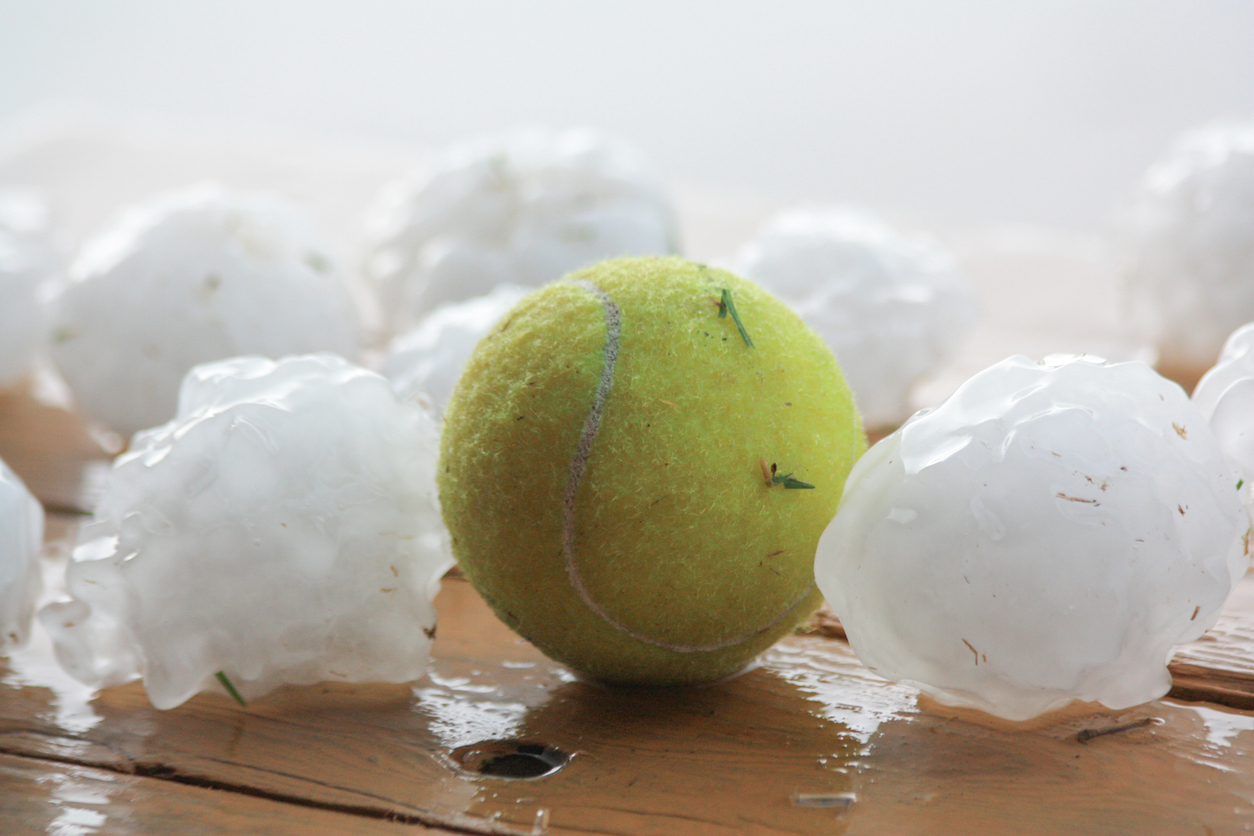On Monday morning, when I ventured outside to being digging out from the 30 plus inches of snow blocking my driveway, I looked up and saw something scary. It wasn’t the two foot long icicle, but rather what seemed to be the formation of an ice dam. After a storm of this magnitude ice damming is a frequent consequence and future water leaks are often hard to prove. Ice dams are blockages of ice at the edge of a roof that prevents melting ice and snow from draining, and allows it to back up into the roofing system and enter the building. The problem is, water that enters as a result of ice damming doesn’t always cause visible damage right away and by the time you see the damage, the ice dam is gone. This is because water from an ice dam enters slowly and has to go through a lot of building materials before it shows up on your ceilings, walls or floors.
For this reason, it is important to know what an ice dam looks like and to document it when it is on your home or building. The below pictures give an idea of what you can look for after a winter storm to see if you are likely to have an ice damming problem.
If you see these sorts of situations on your home or commercial building, you could very well experience interior water damage as a result of the ice dam. While you should take every effort to safely remove the snow and ice from your roof and gutters, once it is there, you need to document it. Take photos from as close as you can safely access. Try to make certain that the camera puts an accurate date on the photos. If you have an attic in the area where you see the ice dam, go in there to see if water is working its way into the attic. If so, photograph it and call your insurance company. They should help you get a professional involved to remove the ice dam and prevent further damage. Should you later find water damage and need to make an insurance claim, the photographs you take now could prove invaluable later on.





